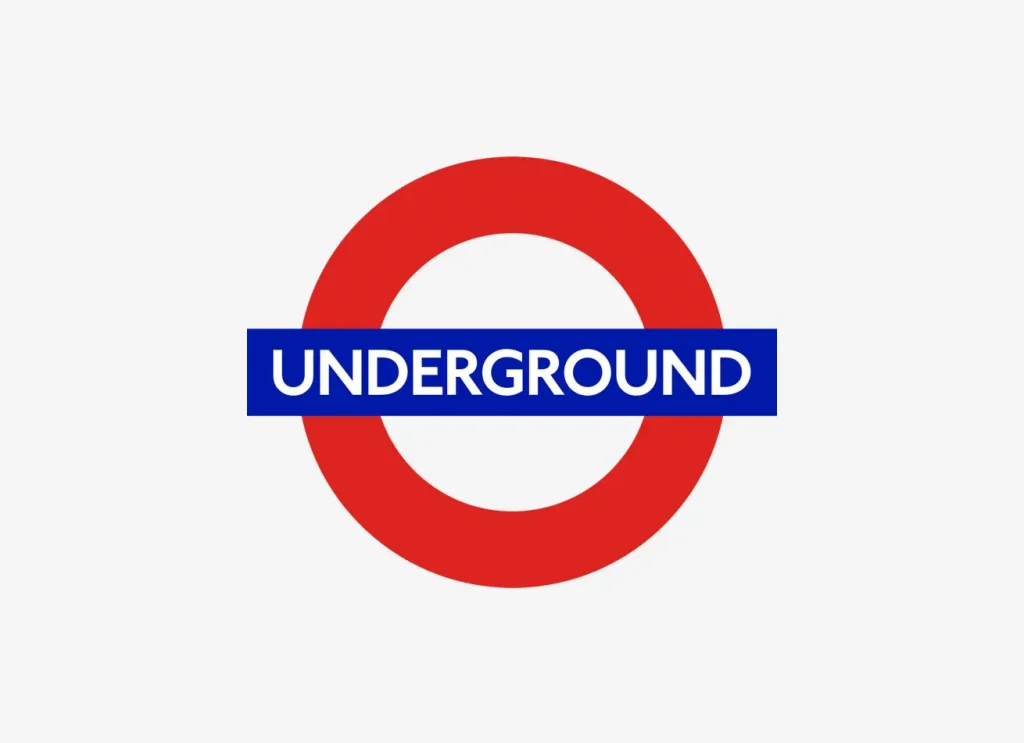Website structure, colors, and fonts are all important elements of website design. When creating a website, make sure to plan out the structure, choose a color palette, and select fonts that match the tone of the website. Test the design on multiple devices and browsers before launching.
Designing a website can be a daunting task. There are a lot of decisions that need to be made in order to create a successful and visually appealing site. In this article, we'll discuss the key elements that go into the design process, including creating a site structure, developing a color palette, and choosing the right fonts. By following these steps, you'll be well on your way to creating a website that stands out from the competition.
1. Creating a Site Structure
When designing a website, creating a site structure is an essential step. A website's structure should be organized in a way that makes it easy for users to navigate and find the information they need. This means organizing the site into distinct sections with each section having its own purpose and focus. The structure should be logical and intuitive so that users can easily find the information they need. Proper labeling and clear navigation are also important when creating a site structure. Labels should accurately describe the content of each page, and navigation should be consistent from page to page. Additionally, it's important to ensure that all pages on the website are linked together to allow for easy navigation. By carefully considering the structure of a website, it's possible to create a user-friendly experience that encourages visitors to stay on the site and explore the content.
2. Developing a Color Palette
Choosing the right colors for your website design is a crucial part of creating an attractive and cohesive look. Colors set the mood of a website and help to guide visitors through the site. When choosing a color palette, it’s important to consider the purpose of the website and the audience you’re targeting. For example, a website for a children’s toy store should likely have bright, vibrant colors to attract the attention of children. On the other hand, a website for a financial services company should have colors that are more muted and professional looking.
When developing a color palette, it’s important to start with a base color or two. This base color will be the main color used throughout the website. Choose a color that reflects the purpose of the website and the message you’re trying to convey. From there, you can use a color wheel to select a few complimentary colors that will work well with the base color. For example, if your base color is blue, you might choose green, yellow, and purple as complimentary colors.
It’s also important to consider the contrast of colors when creating a color palette. Using colors with high contrast can help to draw attention to important elements of the website, like buttons and links. It’s also important to use colors that are accessible to people with color blindness or visual impairments. You can use tools like Color Oracle to test how your color palette looks to people with color blindness.
Overall, choosing the right colors for your website design is an important step in ensuring that visitors have a positive experience. By carefully selecting a color palette that reflects the purpose and message of the website, you can create a cohesive look that will help to engage visitors and keep them coming back.
3. Choosing the Right Fonts
Choosing the right fonts is essential for creating a successful website. Fonts not only affect the look and feel of your site, but they can also influence how users interact with your site.
When selecting fonts for your site, you should consider the two main types of fonts: serif and sans-serif. Serif fonts have a decorative element to them and are great for headings and titles. Sans-serif fonts are simpler and more modern looking, and they are best suited for body text.
Your font choice should also match the tone of your site. For example, if you are designing a website for a law firm, you may want to choose a more professional font like Times New Roman. On the other hand, if you are creating a website for a music festival, you may want to select a more playful font like Comic Sans.
When selecting fonts, pay attention to size and line spacing as well. Too small of a font size can make your text difficult to read, and too much line spacing can make your text look disjointed.
Finally, make sure to test your font choices on multiple devices and browsers. Different devices and browsers may display fonts differently, so it’s important to make sure that your fonts look good and are legible on all devices.
Choosing the right fonts for your website is an important part of the design process. By selecting fonts that are visually appealing and match the tone of your site, you can create a successful website that appeals to your users.
Designing a website can seem daunting at first, but with a thoughtful and organized approach it can be a manageable and even enjoyable process. By creating a site structure, developing a color palette, and choosing the right fonts, you can create a website that both looks great and is easy to navigate. With the right tools and resources, you can design a website that is both visually appealing and user friendly.



